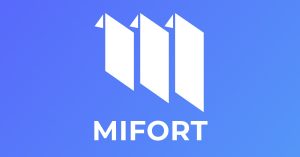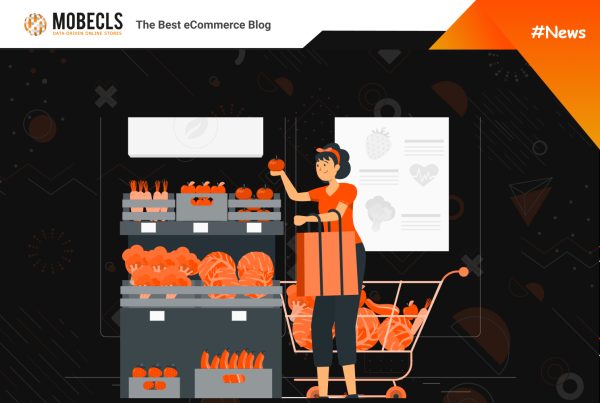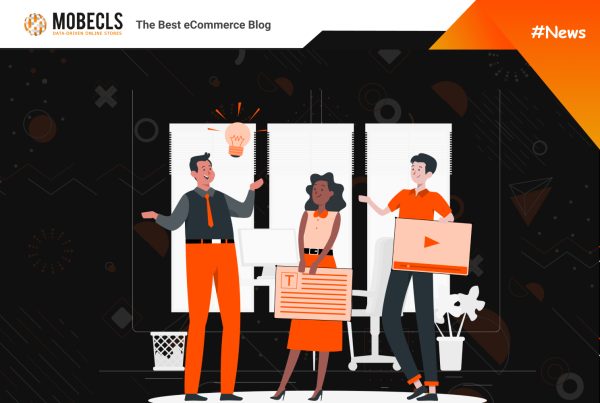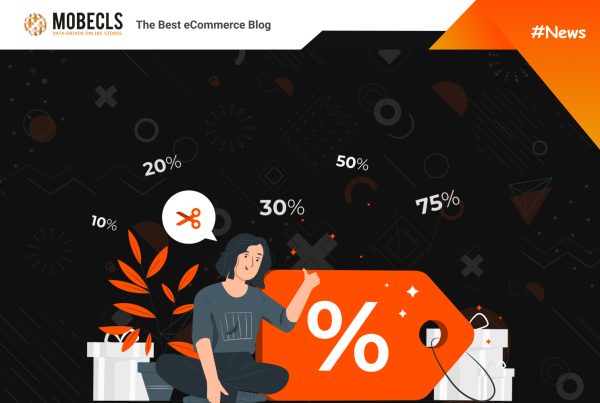By 2025 people will host over 50 million IoT devices at their homes and offices. That direction at the same time is a challenge and an opportunity for a lot of brands. Companies need to present their products better and find new ways to attract clients.
Therefore, companies are actively using Content Management Systems.
One of the reasons why CMS is very popular is the convenience of easy to use and power of flexibility for website Designers and Developers. Another advantage is that even non-technical Website Administrators could manage the system.
What is CMS?
Before we dive in, let’s recap what is a content management system? CMS is a software application that can be used to manage the creation and editing of digital content.
Content Management System includes the following parts:
- Custom Templates and Data
- Password Protected Content
- Multilingual Content
- Communities
- E-Commerce
- Website Analytics
- Search Engine Optimization ((SEO) Friendly
- Advanced WYSIWYG Content Editor
- Workflow Processes
- Custom Programming Interfaces
The traditional CMS where technical architecture firmly connects the Front-end (Design and Layout) to the Back-end (Code and DataBase).
WordPress is one of the most popular Content Management Systems and maintains over 36% of the CMS market.
How does CMS work?
– The Front-end uses WordPress generic themes with HTML templates, CSS, Javascript, and controls how the website looks.
– The second part is the database. Usually, WordPress uses MySQL and content schema. Important that all changing this schema means only manually modifying the database.
– And the Back -end uses WordPress application code. It helps to power the web-site functionality and connects the database to the theme. It helps to power the web-site functionality and connects the database to the theme.
What is Headless CMS?
The “headless” is a term that comes from the concept of chopping the “head” off the “body”. These CMSes don’t have the Front-end, i.e. the website but have back end, i.e. the content repository. Sometimes “headless” CMS calls “API-first” CMSes. Because it remains with an interface to add content and a RESTful API like JSON, XML to deliver content wherever you need it.
Most headless CMSes are offered as a Software as a Service, meaning that your editors will have to log into a web application and that the APIs are hosted in a cloud-based backend.
The headless approach has the most practical implications for IoT and artificial intelligence. Managing content at Headless CMS much easier since the content isn’t bound to a predetermined structure. A headless CMS has only things:
- A content management backend
- An API
Headless CMS Benefits
We have identified 5 key benefits that headless CMS has:
- Enhanced security. First of all, everyone wants to be sure that the risk of Distributed Denial of Service attack is the least. The Headless CMS reduces attacks because the publishing content isn’t accessible from the CMS database.
- Flexibility. A traditional CMS architecture is limiting but headless CMS gives you the freedom to build a frontend framework. When developers use the headless CMS they could spend more time on content creation rather than content management. It happened because headless CMS comes with a defined API.
- Faster time-to-market and better workflows. The main plus is that developers don’t need concern with how various front-ends display their content because all updates are pushed across all digital properties. It also speeds up the product, reuse, and combine individual content items.
- Easier to Scale. Separation of the backend and frontend means that downtime is not needed for maintenance. And developers can upgrade or customize a website without compromising performance
- Compatibility: First of all can control user experience from one convenient backend. And, the content is displayed on any device.
Thanks to these benefits Headless CMS is more suitable for developing the following products:
- Websites
- Web applications that use popular Javascript Frameworks such as AngularJs, Angular 2-9 React.Js, Vue.js, Next.js, Svelte, Gatsby.
- Native Mobile Applications
- eCommerce Sites
This post was brought to you by outsourcing and outstaffing Web and mobile development company Mifort.
Mifort solution provides a full development cycle from needs identification, business intelligence, design, development, testing, and technical support. Our center of expertise will help you develop a high-quality and modern product.





